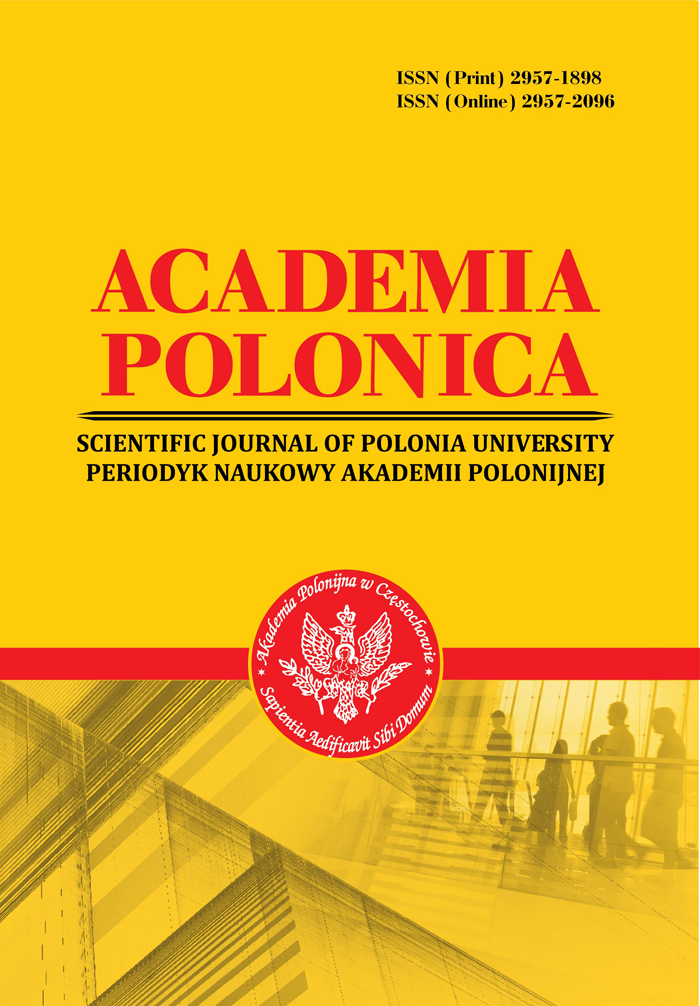THE DEPICTION OF DOMESTIC VIOLENCE IN HOLLY RINGLAND’S NOVEL THE LOST FLOWERS OF ALICE HART AND ITS CINEMATIC ADAPTATION
Abstract
This article investigates the depiction of domestic violence in Holly Ringland’s The Lost Flowers of Alice Hart and its screen adaptation, with a focus on the interplay between literary and cinematic representations. Applying a comparative multimodal approach, the study examines textual strategies in the novel, such as floral symbolism, metaphors, and narrative techniques. It also investigates audiovisual strategies in the series which include cinematography, sound, performance, and pays attention to the intermedial translation of symbolic elements.Flowers emerge as a central motif which shapes narrative meaning and functions as a medium for reflection, resilience, and healing. The research also contextualizes Alice’s experiences using criminological frameworks, including victim typologies and Lenore E. Walker’s cycle of abuse, highlighting the generational impact of domestic violence and the psychological consequences for victims. The study demonstrates that multimodality enhances audience understanding of trauma and recovery, providing a nuanced depiction of gendered violence. The findings underline the importance of symbolic devices across media and suggest directions for future research on cross-media portrayals of abuse and the narrative power of symbolic imagery.
References
2. Bodnar, O. V., & Malyshivska, I. V. (2023). Literatura ta kino: “Never Let Me Go” Kadzuo Ishiguro yak pryklad intermedialʹnoho prekoduvannia [Literature and cinema: “Never Let Me Go” by Kazuo Ishiguro as an example of intermedial recoding]. Folium. https://doi.org/10.32782/folium/2023.1.3 [in Ukrainian]
3. Boyle, K. (2005). Media and violence: Gendering the debates. SAGE Publications Ltd, https://doi.org/10.4135/9781446212059
4. Bystrov, Y., Bilyk, O., Ivanotchak, N., Malyshivska, I., & Pyliachyk, N. (2023). Visual, auditory, and verbal modes of the metaphor: A case study of the miniseries “Chernobyl.” Lublin Studies in Modern Languages and Literature, 47(1), 109–120. https://doi.org/10.17951/lsmll.2023.47.1.109-120
5. Car, V., & Ravbar, B. (2021). Mediated representations of violence against women. Tripodos, (50), 131–146. https://doi.org/10.51698/tripodos.2021.50p131-146.
6. Council of Europe. (2011). Council of Europe Convention on preventing and combating violence against women and domestic violence (Istanbul Convention). Council of Europe Treaty Series – No. 210. https://www.coe.int/en/web/conventions/full-list?module=treaty-detail&treatynum=210
7. Cuklanz, L. (2019). Representations of gendered violence in mainstream media. Questions de Communication, 35, 307–321. https://doi.org/10.4000/questionsdecommunication.19487
8. Johnson, M. P. (2010). A typology of domestic violence: Intimate terrorism, violent resistance, and situational couple violence. Northeastern University Press.
9. Lloyd, M. (2020a). Examining domestic violence and abuse in mainstream and social media: Representations and responses. Gendered Domestic Violence and Abuse in Popular Culture, 33–60. https://doi.org/10.1108/978-1-83867-781-720201003
10. Malyshivska, I., & Romanchuk, S. (2024). «Divchyna z Daniï»: ekfrazys u tvori ta na ekrani [“The Danish Girl”: Ekphrasis in the novel and on screen]. Folium. https://doi.org/10.32782/folium/2024.4.27 [in Ukrainian]
11. Meyers, M. (2012). News coverage of violence against women engendering blame. SAGE..
12. Pletniova, H. (2024). Tema gendernoho nasylstva v romani Zinaiidy Tulub “Liudolovy” [The topic of gender-based violence in Zinaida Tulub’s novel Liudolovy]. Visnyk of V. N. Karazin Kharkiv National University. Philology Series, (95). https://doi.org/10.26565/2227-1864-2024-95-07 [in Ukrainian]
13. Ringland, H. (2023). The lost flowers of Alice Hart. Pan Macmillan.
14. Shoos, D. L. (2017). Domestic violence in Hollywood film: Gaslighting. Palgrave Macmillan. https://doi.org/10.1007/978-3-319-65064-7
15. Szczekała, B. (2025). Najniebezpieczniejszym miejscem DLA Kobiet Jest Dom. Współczesne Hollywood A Przemoc Domowa WOBEC kobiet. Kwartalnik Filmowy, (129), 146–170. https://doi.org/10.36744/kf.4038
16. The Lost Flowers of Alice Hart. (2023). [TV series]. Created by Sarah Lambert; dir. Glen- dyn Ivin; Amazon Studios.
17. Tychyna, D. M. (2023). Viktimolohichni oznaky ta vlastyvosti zhertv domashnoho nasylstva [Victimology signs and characteristics of victims of domestic violence]. Yurydychnyi Naukovyi Elektronnyi Zhurnal [Legal Scientific Electronic Journal], (5). https://doi.org/10.32782/2524-0374/2023-5/130 [in Ukrainian]
18. United Nations. (1993). Declaration on the Elimination of Violence against Women. A/ RES/48/104. https://digitallibrary.un.org/record/179739
19. Walker, L. E. (1987). The battered woman. Harper and Row.
20. World Health Organization. (2012). Understanding and addressing violence against women: Intimate partner violence. WHO. https://apps.who.int/iris/handle/10665/77432
Abstract views: 67 PDF Downloads: 30







